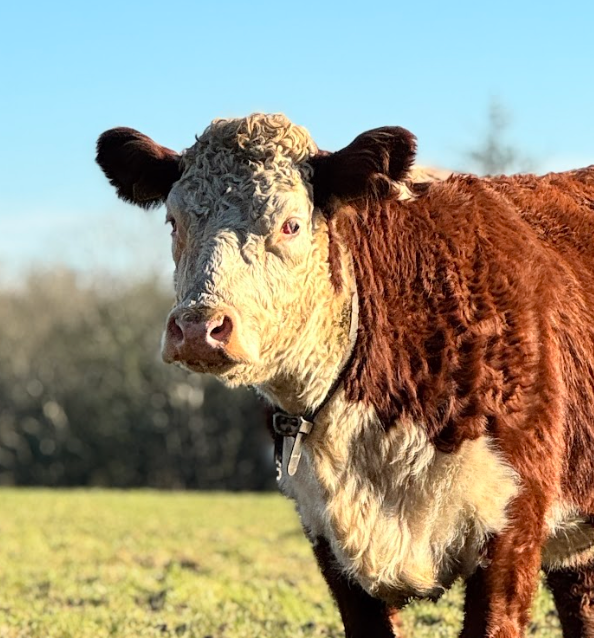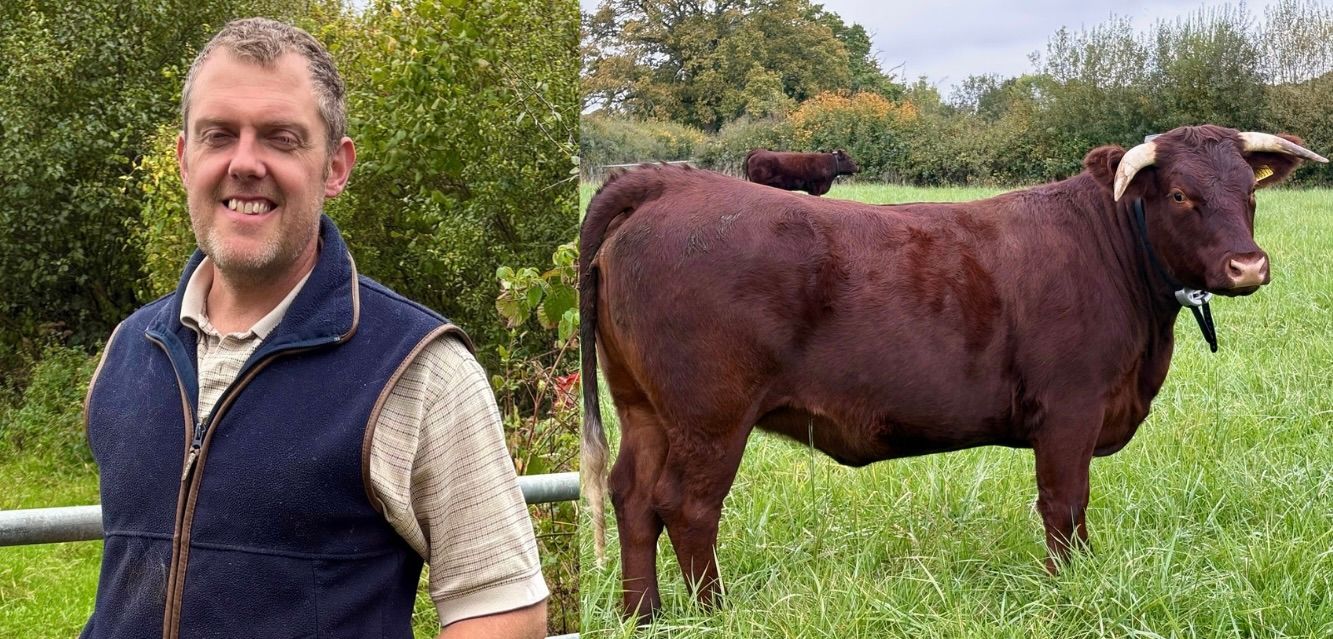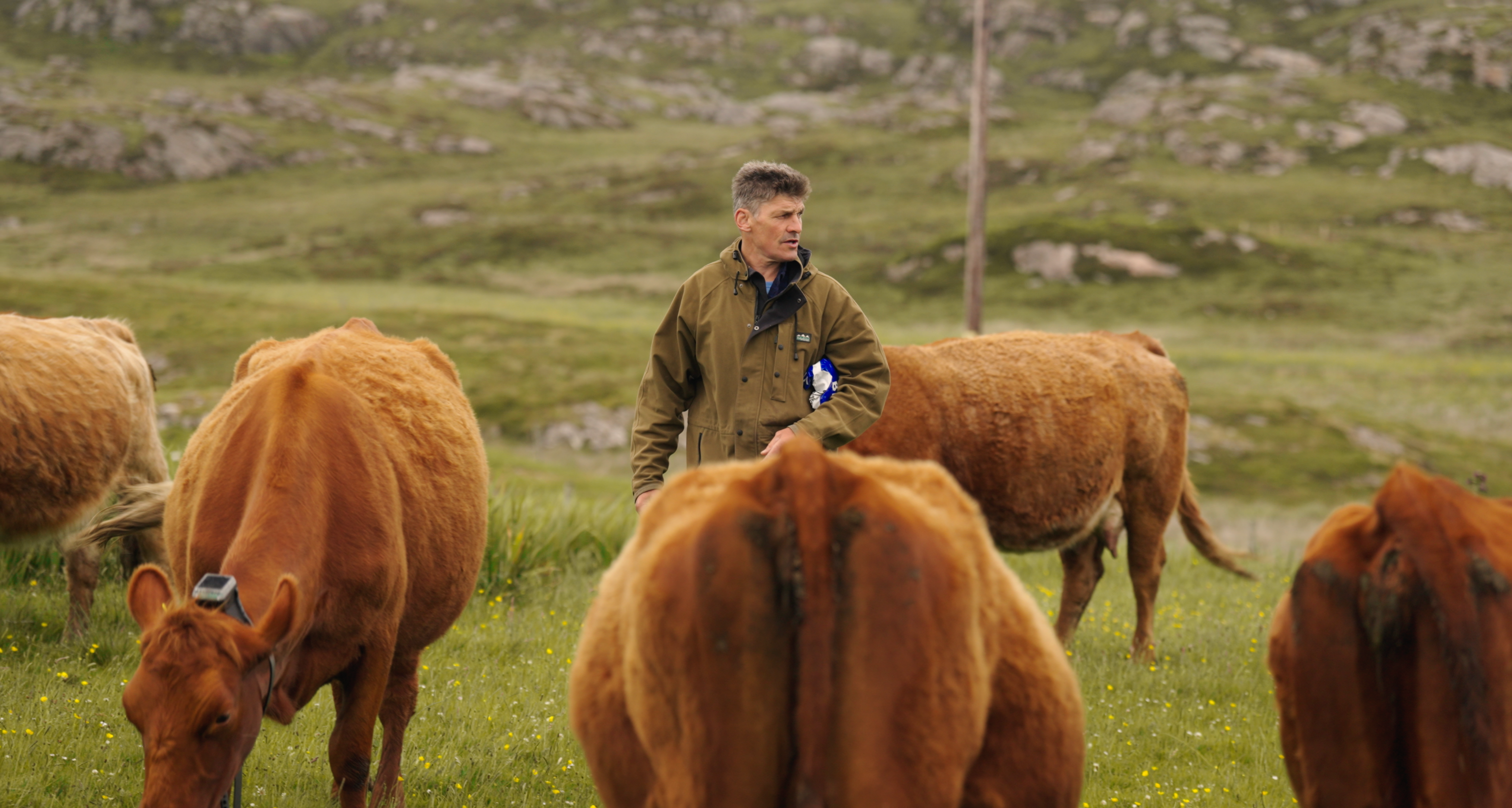Unlock ROI from Hill Grazing: How Virtual Fencing Turns “Free Grass” into Real Profit


For decades, vast expanses of land with enormous potential for hill grazing have been overlooked as economically viable areas for livestock. The cost of setting up and maintaining fences has simply been too large. But with recent advances in virtual fencing technology, these forgotten fields are becoming some of the most valuable real estate on the farm.
The Problem: Good Grass is Hard to Reach
Many farms have access to rough, hilly terrain that is rich in natural forage but too difficult or costly to fence off. Traditional fencing solutions aren’t just expensive—they're impractical for many terrains. As one Monil farmer, Kristina, put it: “It’s hopeless setting up fences here.”
As a result, livestock are kept in smaller, more accessible areas, relying more heavily on purchased feed. The costs quickly add up.

The Virtual Fence Solution
Enter Monil, a virtual fencing system that allows farmers to guide and contain livestock using GPS-enabled collars. With Monil, farmers can unlock these underutilized areas for grazing, significantly reducing feed costs while tapping into the full potential of their land.
The Numbers Speak Volumes
Using real-world figures, here’s what the ROI breakdown looks like for a typical farm in the UK using Monil collars on a herd of 40 cows:
💸 Feed Cost Savings:
- Daily feed requirement per cow: 15 kg dry matter
- Feed cost per kg: £0.16
- Season duration: 200 days
- Feed cost per cow/day: £2.40
- Total feed cost saved per season: £19,200
- Annual collar cost (including subscription): £3,600
- Net savings: £15,600/year
Even before considering any additional benefits, the feed savings alone delivers a positive ROI.
📈 ROI per Cow: Up to 3.9x Return
A breakdown of the economic impact per cow from unlocking hill grazing:

How much land you unlock also matters, even if they are low-yield grazing areas. Even small to medium unlocked areas can deliver substantial returns, especially when feed prices are high.
More Than Just Money: Sustainability & Biodiversity
Unlocking existing hills for grazing isn’t just a win for farm economics. It also supports:
- Biodiversity restoration
- Reduced feed transport emissions
- Cultural landscapes and tourism
- Branding of sustainable local food (e.g., wildflower honey, grass-fed meat)
Many of these values have gone unmeasured since the 1970s. But with new tech enabling access, they’re gaining traction again.
Opportunities from Neglected Pastures
Monil’s virtual fencing system is more than a clever gadget; it’s a gateway to turning neglected land into a profitable, sustainable, and ecologically valuable resource.
Whether you're saving £15,600 a year on feed or unlocking an 8x return on previously unused land, the message is clear:
🐄Virtual fencing transforms “free grass” into real value. Check out our ROI calculator here:

